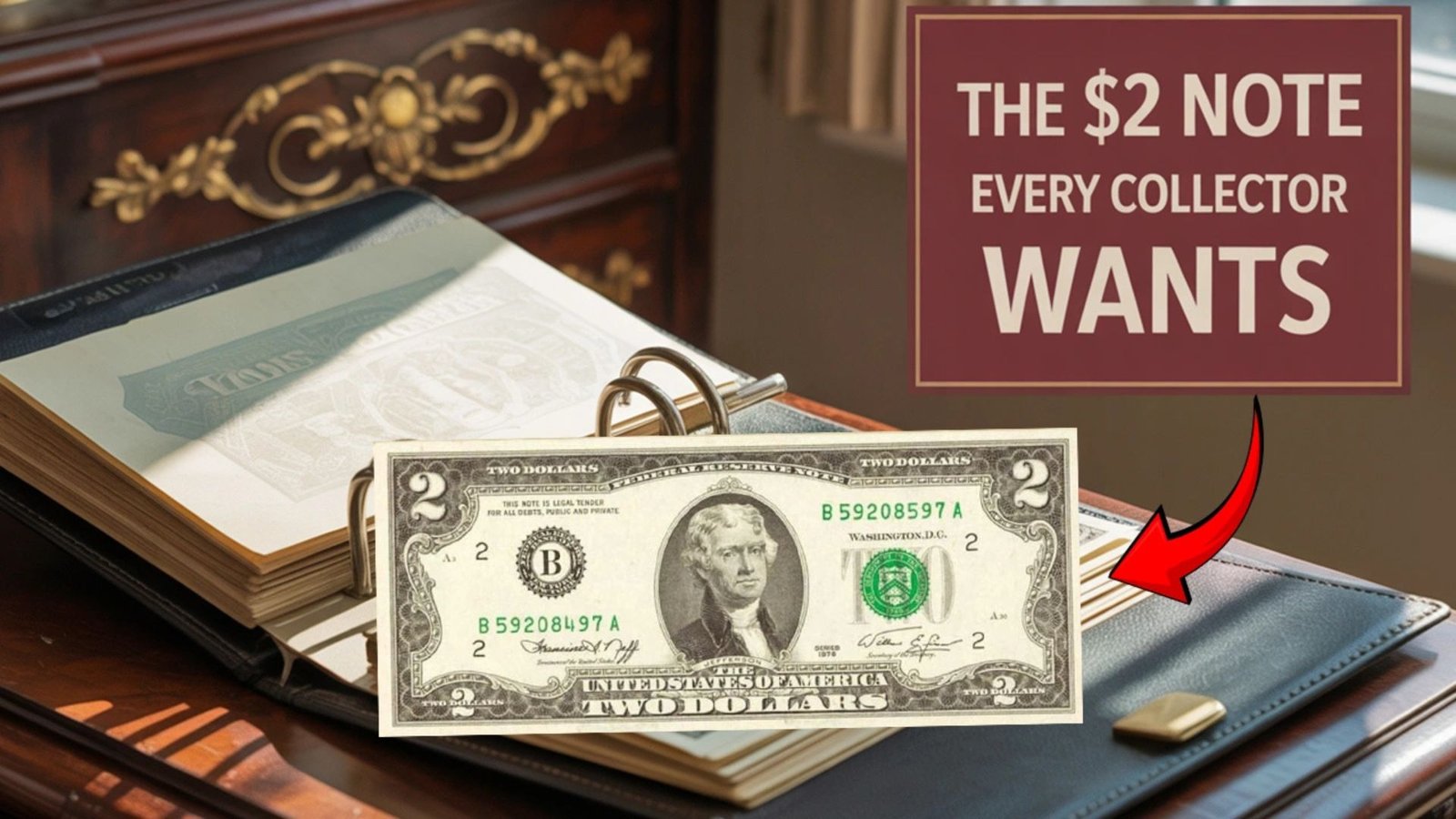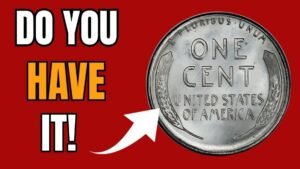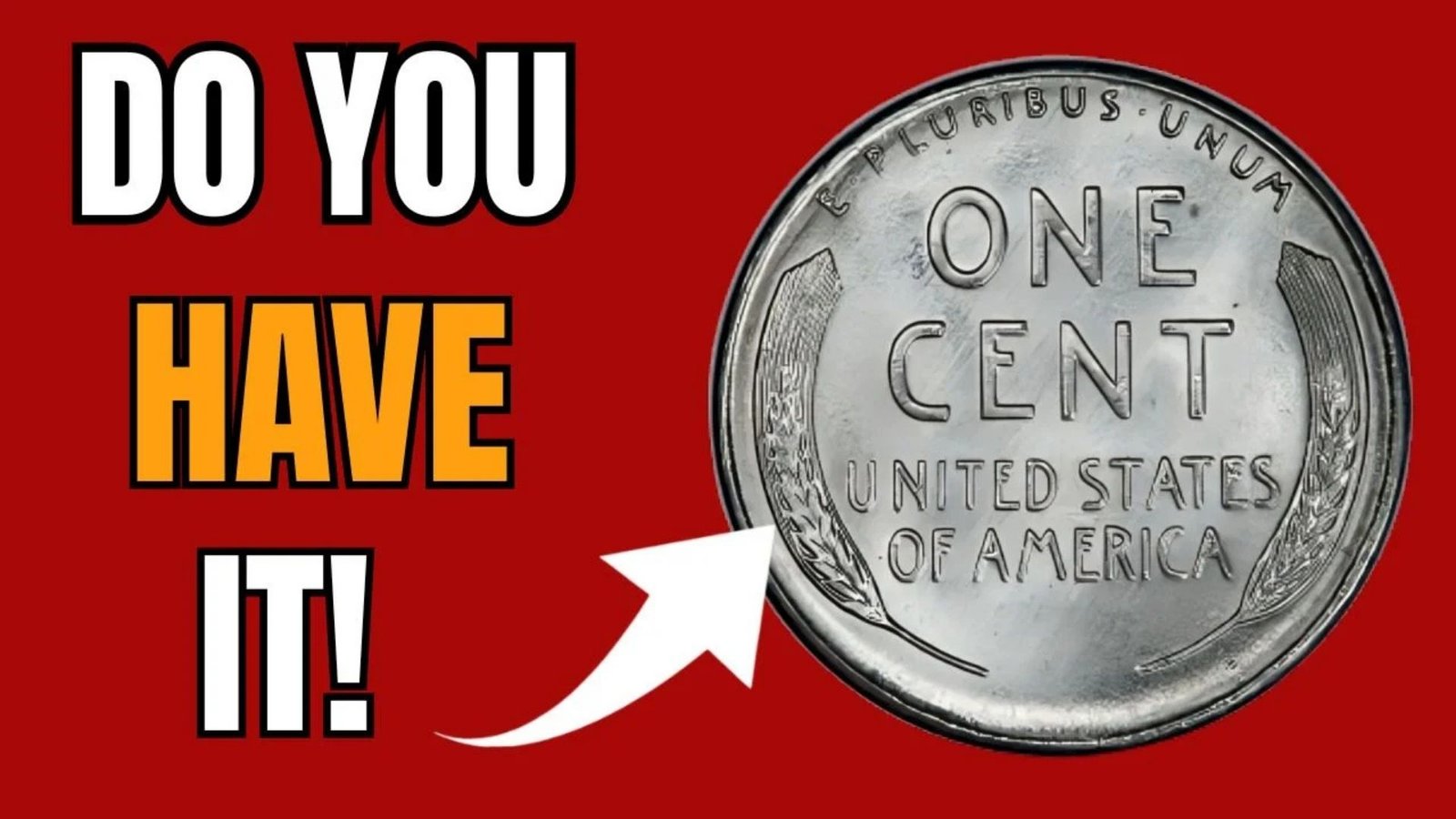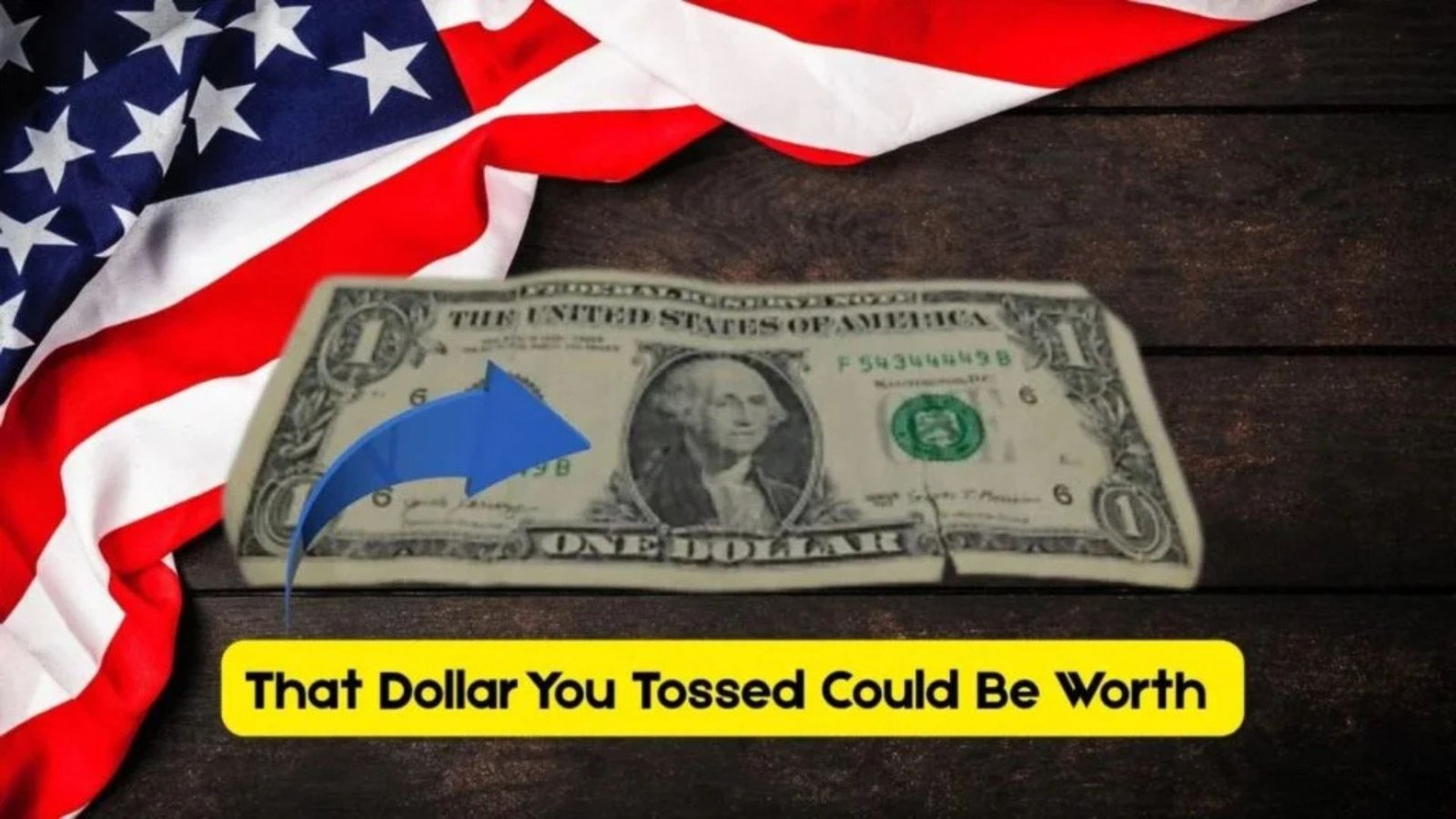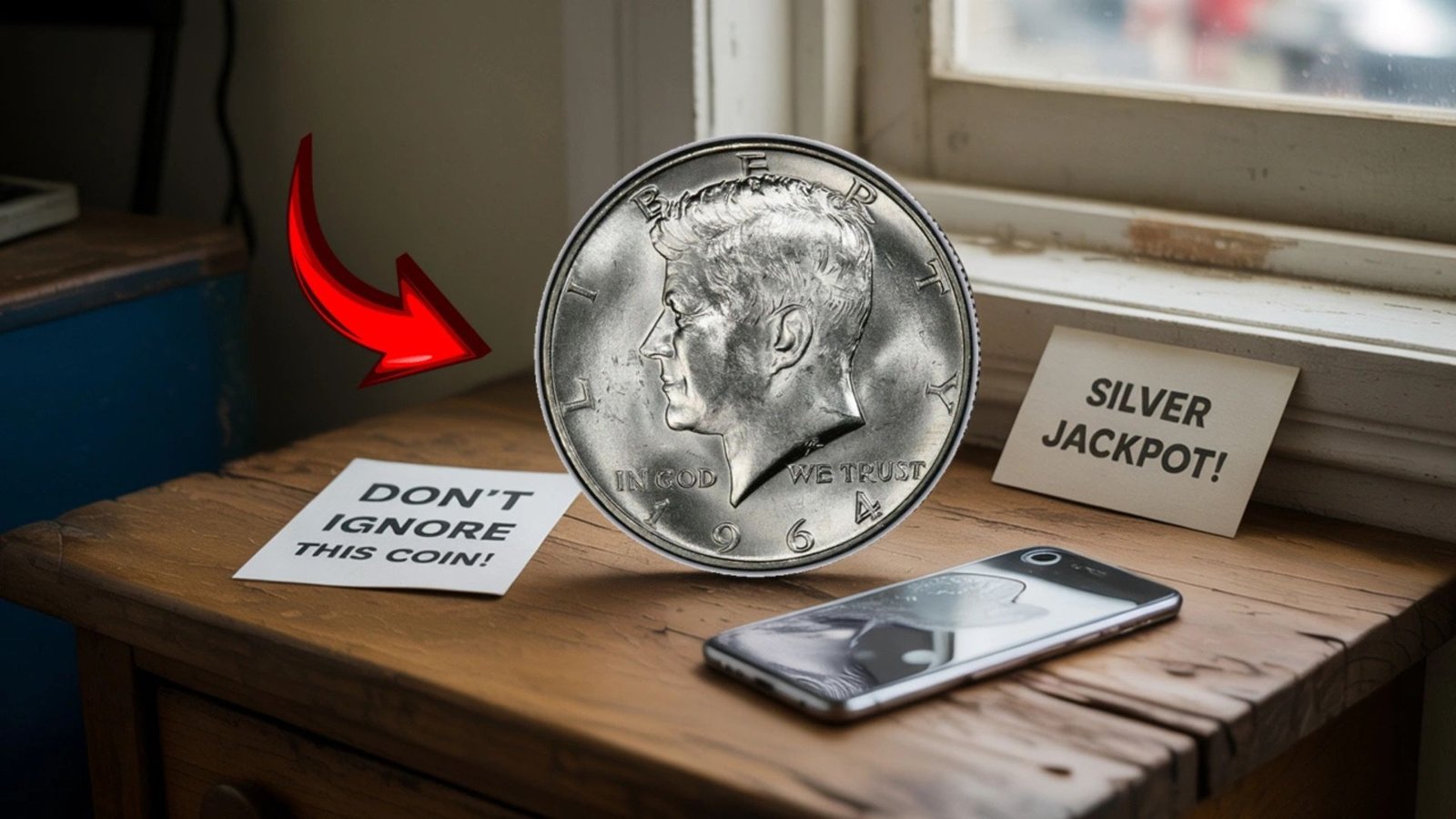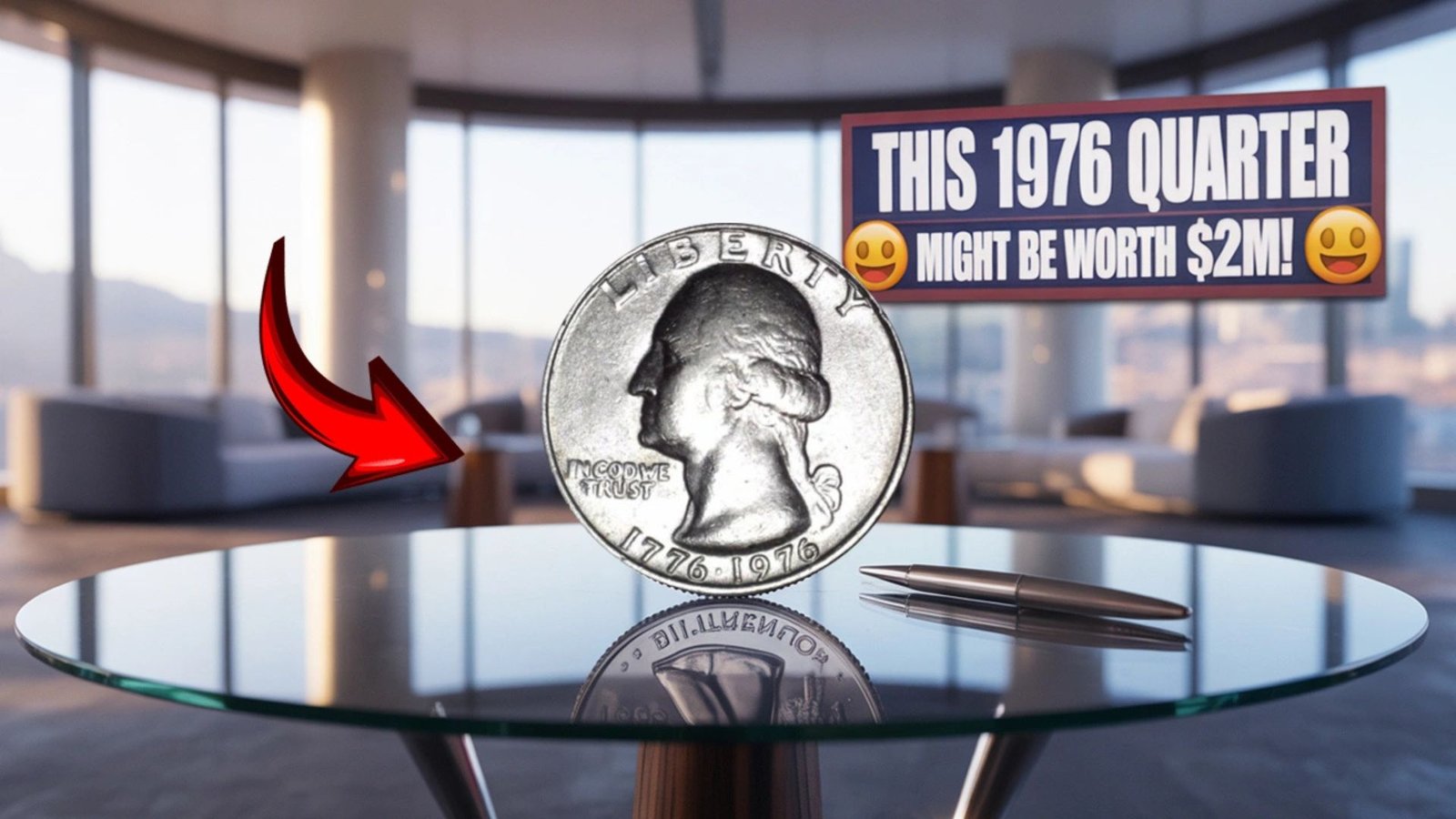Imagine pulling a $2 bill from your wallet and finding out it’s worth thousands—maybe even $78,000! That’s exactly what happened with a rare 1976 Bicentennial $2 bill featuring a special serial number. These bills, printed to celebrate America’s 200th birthday, are still floating around in wallets, cash registers, and old drawers across the USA.
Some of them are worth a fortune, and you might have one without even knowing it! Let’s dive into what makes these bills so special, how to spot one, and why collectors are going wild for them. Get ready for a fun, treasure-hunting adventure through the world of rare currency!
Why Are 1976 $2 Bills So Special?
The $2 bill isn’t something you see every day, which already makes it a bit of a mystery. Back in 1976, the U.S. Mint reintroduced the $2 bill to celebrate the nation’s Bicentennial—200 years since the Declaration of Independence. These bills feature Thomas Jefferson on the front and a cool scene of the Declaration’s signing on the back, based on a famous painting by John Trumbull. While millions were printed, many were saved as keepsakes, so they didn’t circulate much. This makes certain versions, especially those with unique features, super valuable today.
What’s a Repeater Serial Number?
A repeater serial number is like a catchy song stuck in your head—it’s a pattern that repeats itself! For example, a serial number like “34343434” or “12121212” is considered a repeater because the digits follow a repeating sequence. These patterns are rare because the U.S. Bureau of Engraving and Printing doesn’t make them on purpose. When one shows up, collectors lose their minds! A 1976 $2 bill with a repeater serial number recently sold for $78,000 at auction, proving just how much these quirky bills can be worth.
How to Spot a Valuable 1976 $2 Bill
Think you might have a treasure in your pocket? Here’s what to look for when checking your $2 bills. Grab a magnifying glass and let’s play detective!
Key Features to Check
- Year and Series: Look for “Series 1976” printed on the bill. These are the Bicentennial editions.
- Serial Number: Check the green serial number on the front. Repeater patterns (like 45454545) or other fancy sequences (like 12345678 or 11111111) are the ones to watch for.
- Condition: Bills in crisp, uncirculated condition (no folds, tears, or stains) are worth more. Even circulated ones can be valuable if the serial number is special.
- Star Notes: Some bills have a star (★) in the serial number. These are replacement notes for printing errors and can be extra rare.
- Printing Errors: Look for misprints, like off-center designs, smeared ink, or mismatched serial numbers. These mistakes can boost value.
What Makes a 1976 $2 Bill Valuable?
| Feature | Description | Potential Value |
|---|---|---|
| Repeater Serial Number | Digits repeat in a pattern (e.g., 34343434) | $500–$78,000+ |
| Low Serial Number | Numbers like 00000001 or 00000002 | $1,000–$10,000+ |
| Star Note | Serial number with a star (★) | $50–$1,200+ |
| Printing Errors | Misaligned prints, ink smudges, or double serials | $500–$5,000+ |
| Uncirculated Condition | Crisp, no folds or wear | Up to 10x more than circulated |
Why Collectors Love These Bills
Collectors are like treasure hunters, and the 1976 $2 bill is a shiny gem in their world. The Bicentennial theme gives it historical pizzazz, and rare serial numbers or errors make it a must-have. According to experts at Heritage Auctions, a repeater serial number bill in near-mint condition can fetch anywhere from $500 to over $78,000, depending on the pattern and demand. Some collectors have even paid up to $950,000 for perfect examples! The thrill of finding one in everyday change—like at a gas station or grocery store—adds to the excitement. It’s like finding a golden ticket in your candy bar!
Where to Find These Bills
You don’t need to dig through pirate chests to find a rare $2 bill. They’re still out there in circulation! Check these spots:
- Your Wallet or Change: Look at any $2 bills you get as change.
- Old Collections: Dig through family keepsakes, old wallets, or boxes from grandma’s attic.
- Banks or Cash Registers: Some businesses still have $2 bills in their tills.
- Coin Shops: Local dealers might have stacks of $2 bills to browse.
How to Get Your Bill Appraised
Found a $2 bill that looks promising? Don’t spend it yet! Here’s how to find out what it’s worth:
- Compare Online: Check sites like eBay or Heritage Auctions to see what similar bills have sold for.
- Visit a Coin Shop: Local dealers can give you a quick appraisal.
- Get It Graded: Professional services like PCGS Currency or PMG can grade your bill’s condition and authenticity, which boosts its value.
- Sell Smart: Auction houses, currency dealers, or online marketplaces are great places to sell rare bills.
Tips to Protect Your Bill
- Store it in a plastic currency holder to avoid damage.
- Keep it away from sunlight to prevent fading.
- Avoid touching it too much—oils from your hands can harm the paper.
Why You Should Check Your Wallet Now
The story of the $78,000 bill started with someone getting it as change at a gas station in Ohio. They thought it was just a cool $2 bill until they noticed the repeater serial number. That’s proof that treasures are hiding in plain sight! With over 1.4 billion $2 bills still in circulation (according to the Federal Reserve), your next trip to the store could uncover a jackpot. So, next time you get a $2 bill, don’t just stuff it back in your wallet—take a closer look. You might be holding a piece of history worth thousands!
FAQ: Your Questions About Rare $2 Bills Answered
Are all 1976 $2 bills valuable?
No, most are worth just $2 unless they have a rare serial number, star note, or printing error.
What’s a repeater serial number?
It’s a serial number where the digits repeat in a pattern, like 45454545 or 12121212.
How do I know if my bill is uncirculated?
Uncirculated bills are crisp, with no creases, folds, or signs of handling.
Where can I sell a rare $2 bill?
Try eBay, Heritage Auctions, local coin shops, or certified currency dealers.
Are $2 bills still legal to use?
Yes, they’re legal tender, but collectors suggest holding onto rare ones instead of spending them.
Conclusion: Start Your Treasure Hunt Today!
Who knew a simple $2 bill could be worth more than a fancy vacation or a new car? The 1976 Bicentennial $2 bill with a repeater serial number is a hidden gem that could be sitting in your wallet right now. With its cool history, unique design, and potential for big bucks, it’s worth taking a moment to check your cash.
Grab those $2 bills, look for repeating patterns or errors, and maybe get them appraised. You could be one glance away from a life-changing discovery. So, what are you waiting for? Start hunting for that $78,000 treasure today!

